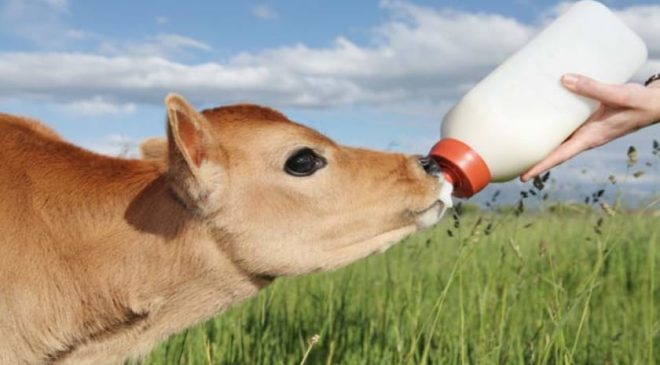

As a farmer, it calls for extra caution while rearing livestock to be competitive in the ever-evolving world that is struggling for food security. When calves are not well taken care of, their productivity in later days is greatly ruined. Due to poor practices of feeding the calves, the is a lack of positive growth. Also, the main contributing factor is feeding them with feeds that don’t meet the standards. In the long run, productivity is affected, and it may lead to frustration as a farmer; you don’t understand why things aren’t working out as they should. One fundamental feed for cattle is calf milk replacer. For you to understand, take a look at the guide below to buy the right replacer.
The best approach to take while placing your replacer order is rich in highly digestive proteins and fats. Some of the vital proteins and alternative proteins are whey, animal plasma, and caseins. Replacer that contains protein sources made from meat soluble, fish concentrates, and wheat are not appropriate. You can try a replacer that contains soy flour; on the contrary, calves should be fed to the calf at the age of 3 weeks.
Replacers contain nutrients such as crude proteins and fats. For instance, if it contains crude, it will offer adequate energy as well as fatty acids required for healthy animal growth. On the other hand, crude proteins are vital for availing the much need for fatty acids. It is a good feed for cattle that are reared in areas with prolonged cold seasons. A good replacer should have a minimum of 20% proteins and fats.
Don’t think further in that case, as all is needed is going for the most straightforward option available. Using the replacer ought to be as straightforward as possible with clear and easy to read instructions. Feeding calves ought to be a fun activity, and therefore, the guideline has to be as appropriate as possible.
A good replacer is one that will be appealing and mixes well with other feeds available. It is a must-know consideration. If it is a dry replacer, no lumps or foreign matter whatsoever should be contained therein. The color of the powder is essential in ascertaining whether it is in a good state. Avoid one that has some brown pigment since other nutrients may have been lost. The scent will guide you in knowing if it is bad or good. One that smells like paint has gone wrong.
A good replacer that is worth feeding your calves is one that has adequate minerals and vitamins. Crucial vitamins such as A, B, D, and E are vital in improving the calf’s immune system. Vital minerals such as calcium are vital forborne development. The mineral content should not be less than 0.75%.
A good calf milk replacer is an enabler of growth and productivity in the calves’ later stages. Make fair use of the above guidelines while seeking to buy a replacer.
This post was last modified on 24/01/2021 11:55 AM
While it is certainly still a dominant strategy to purchase properties and rent them out,…
There are different ways to improve your personal development skills, like, overcoming your fear. When…
Did you know that around 76% of users who performed a local search query visited…